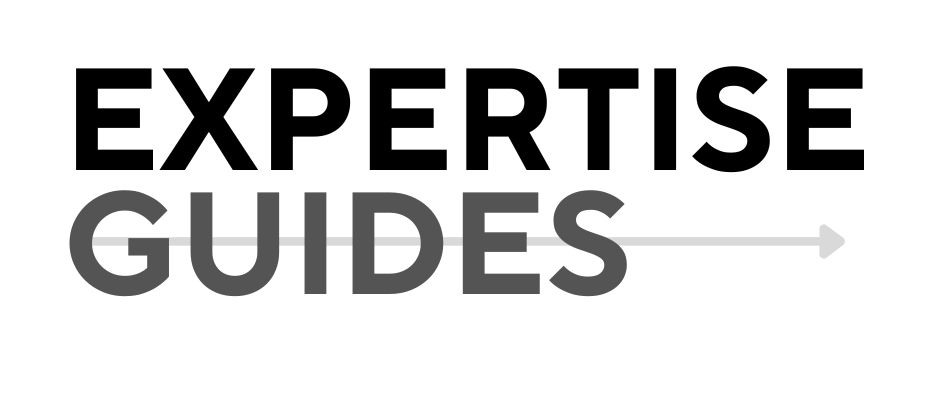Summary: Discover how to integrate Human Design principles in your workplace to optimize team dynamics and individual performance—all while keeping your sanity intact.
Information Type: Guidebook
I. Introduction: Welcome to the Cosmic Comedy of Human Design
A. What is Human Design, and why should you care?
Imagine if astrology, psychology, and quantum physics had a wild office party, and out popped Human Design. It’s a system that blends ancient wisdom with modern science to help you understand your team’s unique energy dynamics.
B. The hilarious truth: Your office is a petri dish of energy types
Look around. Your office might seem like a regular workplace, but it’s actually a zoo of different Human Design types, each with their own quirks and superpowers. Spoiler alert: it’s not always pretty.
C. How this guidebook will save your sanity (and maybe your job)
By the end of this guide, you’ll not only understand your coworkers better but also learn how to navigate the chaos with a smile. Think of this as your survival manual for the workplace jungle.
II. The Five Human Design Types: Your Coworkers Explained
A. Manifestors: The “Ready, Fire, Aim” Bunch
Meet the Manifestors. They’re the ones who start projects with gusto but often forget to tell anyone else what they’re doing. Their motto: “Ask for forgiveness, not permission.”
B. Generators: The Energizer Bunnies of the Office
Generators are the lifeblood of the team. They have endless energy and thrive on doing work they love. Just don’t ask them to multitask—they might short-circuit.
C. Manifesting Generators: When Manifestors and Generators Had a Baby
These hybrids can initiate like Manifestors and work like Generators. They’re great at juggling multiple projects but can leave a trail of unfinished tasks in their wake.
D. Projectors: The Unsolicited Advice Machines
Projectors are the wise owls who love to guide and advise. They see the big picture but might come off as know-it-alls. Hint: They’re usually right, so listen up.
E. Reflectors: The Office Mood Rings
Reflectors are the rarest of the bunch. They mirror the energy of the team and can sense when something’s off. If they’re happy, the office is probably doing great. If they’re not, well, buckle up.
III. Applying Human Design to Team Dynamics: Because Herding Cats is Too Easy
A. Creating the perfect team: It’s like assembling the Avengers, but with more paperwork
To create a dream team, you need a mix of all types. Think of it as assembling the Avengers but with more TPS reports. Each type brings something unique to the table.
B. Communication strategies: How to speak ‘Generator’ to a Projector without losing your mind
Understanding how each type communicates can save you countless headaches. Learn how to speak each other’s language, and you might just survive the next team meeting.
C. Conflict resolution: When Human Design types clash (and they will)
Conflict is inevitable, but knowing the Human Design types can turn a potential meltdown into a productive discussion. Think of it as office drama with a happy ending.
D. Decision-making processes: Because “eeny, meeny, miny, moe” isn’t cutting it anymore
Different types have different decision-making styles. Aligning these can streamline processes and reduce decision fatigue. Say goodbye to “eeny, meeny, miny, moe.”
IV. Optimizing Individual Performance: Unleash Your Inner Weirdo
A. Discovering your Human Design type: Prepare for an existential crisis
First, find out your type. You might be surprised by how accurate (and slightly unsettling) it is. Embrace the weirdness—it’s part of the journey.
B. Leveraging your strengths: Yes, being stubborn can be a superpower
Each type has unique strengths. Learn to leverage yours, whether it’s your unwavering focus or your knack for innovation. Yes, even stubbornness can be a superpower.
C. Navigating your weaknesses: Embrace the awkward
We all have weaknesses. The key is to acknowledge them and find ways to mitigate them. It’s okay to be awkward—everyone else is too.
D. Creating a personalized work strategy: Because one size fits none
One-size-fits-all strategies don’t work. Tailor your approach based on your Human Design type for maximum efficiency and happiness.
V. Conclusion: Embracing the Chaos (With a Smile)
A. Recap: What you’ve learned (assuming you were paying attention)
You’ve learned about the five Human Design types, how to apply these principles to improve team dynamics, and how to optimize individual performance. Gold star if you remember it all!
B. Next steps: Implementing Human Design in your workplace without causing a mutiny
Start small. Introduce the concepts gradually and watch how your team transforms. Remember, this is a marathon, not a sprint.
C. Final thoughts: Why understanding Human Design is like having a cheat code for office life
Understanding Human Design is like having a cheat code for office life. It helps you navigate the complexities of team dynamics with ease and maybe even a chuckle or two.
Follow me for more insights on transforming your workplace dynamics.
Comment with your thoughts.
Share this article with your team—they probably need it more than you think.


